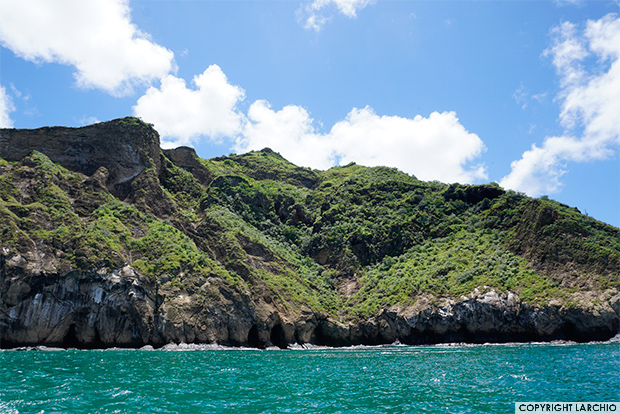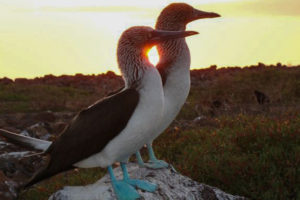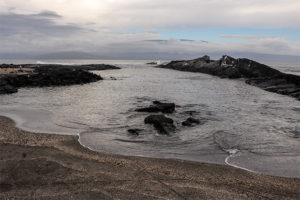Galapagos Island tours Budget 2025
Looking for the most trusted Galapagos tour operator? Travel with GalapagosInformation.com. Highly recommended in LonelyPlanet. Have fun with the supreme traveling experience. The best rated company, multiple choices, high level accommodations, trained guides. All Inclusive tours, every week of the year. Galapagos Island tours Budget 2025.
A holiday to the Galapagos Islands can be the excursion of a person’s entire life. Found 1,000 km from the Ecuadorian mainland, the islands chain is made up of 13 huge islands, five of which are inhabited. Learn more about the widely known Islands by taking a trip with us!
The Island’s exciting volcanic features, along with its vibrant plants and creatures have already been adored and studied by lots of individuals, analysts, and nature-lovers. Experts are still confronted with the mystery of exactly how this kind of substantial diversity of species could develop in a far-away area such as the Galapagos Islands.
The Galapagos Islands will doubtless impact you profoundly. Take a trip with us and enjoy the voyage of your lifetime amidst sea lions, beautiful albatrosses, fiery red-colored sally light-foot crabs, and frigate birds. Allow your dream become a reality and book with us right now!
When is the perfect time to travel to the Galapagos?
There are 2 seasons: December to May is warm and moist and June to December is cool and dry. Annual rainfall in the lower regions is 2-4in and the temperatures ranges somewhere between 69°-84°F/21°-29°C.
The Galapagos’s weather conditions are influenced by ocean flow. The sudden climatic alteration due to El Niño is often disastrous: as many as 50% of sea lions and marine iguanas can perish in the course of this time.
The convergence of three main oceanic currents creates a tremendous combination of maritime life to this islands. Despite being located in the equator, the Galapagos micro-climate is remarkably dry. During the cold season, the Humboldt Current brings moderately cold water, which creates thermal inversions which impede precipitation.
At this time, a fine mist known as “garua” is formed as cold, humid air just above the sea water meets a higher layer of air that is warmed by the warm sun.
‘El Niño’ can be described as phenomenon that happens around every 5-7 years. The southeast trade winds slow its speed and cause the ocean temperatures to elevate drastically provoking thunder storms and heavy precipitation.
The Islands are renowned for their unique vegetation and vast number of indigenous species present nowhere else on the planet. These include; red and blue-footed boobies, frigate birds, giant colorful tortoises, flamingos in addition to sea and marine iguanas.

You may also complement your unforgettable cruise experience with a few extra nights in Galapagos hotels to enjoy the calmness and tranquility of these enchanted islands. Ahead or after your Galapagos cruise, you are able to book one of our preferred resorts in the main Islands of the Archipelago. We’ve selected for you a few of the greatest resorts in the Galapagos. Each resort offers exceptional services, a friendly atmosphere, and comfortable rooms for rest and relaxation. We guarantee you will enjoy your stay at one of our preferred hotels even though you are in the Galapagos.
In addition, we have an attractive alternative to unite the experience, as like the cruises, we’ve got different price ranges based upon your needs. Our joint tours are the ideal way to see all the most important attraction of the Galapagos, and revel in a stay in some fantastic accommodations. Each of tours provides trips in the Islands where an English-speaking naturalist will come together to pass along information and answer all of your questions. We provide several tours selected for you in order to fit all your particular requirements.
Sierra Negra Volcano: Hiking enthusiasts are certain to adore the chance of this steep ascent to the rim of Sierra Negra Volcano. The increase up takes approximately two hours, with fantastic vistas all around. Horse riding provides another perspective of the beautiful location.
Bolivar Channel: Lots of Isabela island cruises sail through the Bolivar Channel, a station that divides Isabela Island and the neighboring Fernandina Island. The coldest waters at the Galapagos area, it is common to find whales and dolphins swimming close to your cruise ship.
Tagus Cove: named after a British ship, sits near the Bolivar Channel. Just take a peaceful ride in a small boat below the seas, keeping your eyes peeled for nesting pelicans and blue-footed boobies, as well as penguins, brown nodes, and cormorants. Flex your muscles using a increase, taking in the jagged coastal stone, volcanic landscapes, dry vegetation, and views of the glistening Darwin Lake. There are plenty of lovely sandy beaches too, ideal for relaxing and soaking up some sunshine post increase.
Vicente Roca Point: In the north of Isabela Island, Vicente Roca Point is a top spot for boating and snorkeling. The twin coves shelter a variety of odd species, including sunfish, seahorses, and puffer fish.
Galapagos wildlife encounters are plentiful on tours of Isabela Island, and you are guaranteed to be thrilled if you opt for a Galapagos small ship cruise, a little luxury yacht, a dinghy trip, or something else entirely.
Many tourists visiting Galapagos are surprised to be greeted by desert-like vegetation–most are expecting a continuation of the lush greenery that they witnessed on mainland Ecuador. In fact, the majority of the archipelago’s land area is covered by the brown and gray vegetation frequently found in deserts. The Galapagos Islands are situated in the Pacific Dry Belt, and in average years only the highest altitudes of the larger islands receive enough rainfall to support tropical vegetation.
In Geological terms, the islands are young, and much of the island’s plant life demonstrates this; many species seem to be in the midst of the evolutionary changes, making classifying them a challenging task. So far, the islands are thought to be home to between 552 and 614 native species of vascular plants and roughly 825 introduced species, nearly all introduced by humans. More than 100 of the introduced species have become established in the wild, with many of them extremely invasive and of major concern. Three introduced plant species are eradicated. The disproportion between species number on the Islands and the southern highlights the fact that the Galapagos Islands are divided from the continent with a hostile saltwater barrier decreasing the potential for birth and, once a plant has come, institution is tough because of the harsh environment. It’s worthy of note that over 30 percent of indigenous plant species found in Galapagos are endemic (not found anywhere else in the world).
Coastal plants are observed in the narrow zone near the shore and are distinctive because of their tolerance to sour conditions. Mangrove trees are one of the most common plants found in this zone, and they serve an important role as the breeding sites for many birds, such as pelicans and frigate birds. They also provide much needed shade regions such as iguanas and sea lions, in addition to refuges for sea turtles.
The dry area is the most broad zone in Galapagos and is comprised of plant species which are highly adapted to drought-like conditions, such as succulent cacti and leafless shrubs that blossom and grow leaves just in the brief rainy season.
GALAPAGOS CRUISES 2024
NEMO 2
| DEPARTURES | ITINERARY | AVAILABLE CABINS | SPACES | |
|---|---|---|---|---|
| There aren't available dates for the selected dates |
















